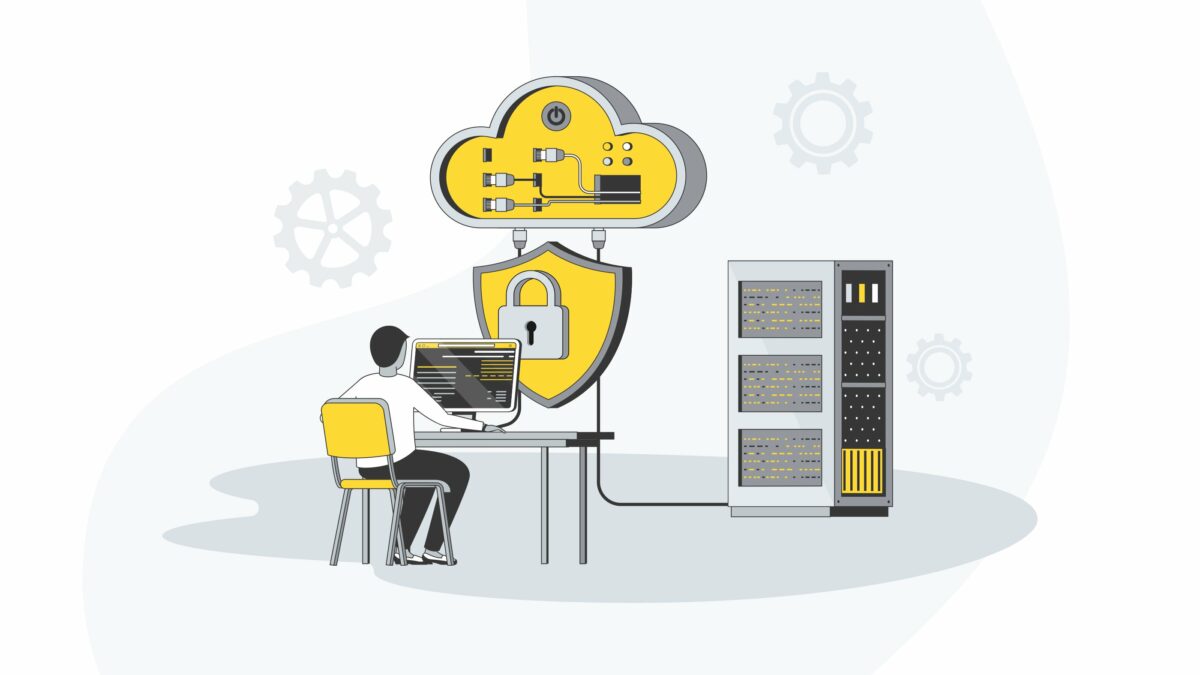Having spent significant time in the realm of embedded systems and IoT development, I’ve consistently encountered challenges related to initial setup and scaling to production. Chip selection, a pivotal aspect of this process, often involves meticulous shortlisting of microcontrollers and architectures, followed by the acquisition of development boards and prototyping to identify the most suitable chipset. Not to mention the lead times and chip shortage problems, this is merely the beginning.
Once this initial step is complete, the journey extends to establishing IDEs, debuggers, test environments, and other development, testing, collaborating and shipping tools. This process can be arduous, difficult to scale, and often discouraging. Yet, as those familiar with my work know, I’ve consistently been vocal about the bridging of the gap between hardware/IoT/embedded and software/cloud development, thanks to new product lifecycle management workflows and DevOps practises.
Cloud developers have long enjoyed the luxury of robust tools and streamlined software lifecycles. The ability to scale from a single server instance to thousands with a simple click, facilitated by Docker Containers, Kubernetes, and DevOps workflows like CI/CD, has been a major draw for embedded developers.
One such innovation that brings IoT developers closer to this cloud-native model is Arm’s Virtual Hardware on the cloud. Let’s talk more about that in this blog and see how it fits into the bigger picture starting from:
Pain Points in Traditional Embedded and IoT Development
Developing for embedded and IoT applications involves numerous challenges, including:
- Hardware Dependencies: Reliance on physical hardware can significantly delay development cycles, as changes often require new hardware or software modifications.
- Long Shipping Delays and Chip Shortages: Procuring specialised hardware can be time-consuming, especially during chip shortages (a major impact seen during the COVID-19 pandemic), hindering development progress.
- Limited Testing Environments: Testing embedded software on physical hardware can be resource-intensive and requires specialised custom jigs, debuggers, physical access, Test and Measurement equipment and much more.
- Integration Challenges: Coordinating hardware and software development teams can be difficult, leading to delays and potential integration issues.
How Arm Virtual Hardware Changes the Game
Arm Virtual Hardware addresses these challenges by providing a virtualised environment where developers can simulate and test embedded and IoT applications without relying on physical hardware. This offers several key benefits:
- Faster Time to Market: AVH accelerates development cycles by enabling testing and debugging early in the process, reducing the time it takes to bring products to market.
- Development Without Hardware: Developers can start working on their applications before physical hardware is available, saving time and resources, which is very helpful when you’re in the process of deciding the hardware or ordering dev boards.
- Bridging the Gap Between Hardware and Software: AVH fosters collaboration between hardware and software teams by providing a common platform for testing and integration.
- Enabling Cloud Workflows and DevOps: Thanks to AVH, you can now use most of the tools cloud developers have to ship products faster into the market. Virtual hardware can be integrated into cloud-based development environments, enabling DevOps practices and continuous integration/continuous delivery (CI/CD) pipelines.
- Scalable: Firing up 200 new Virtual hardware in the cloud takes 10 seconds; compare this to testing your code in 200 new development boards; the scalability factor with Arm virtual hardware is phenomenal and a breeze regarding regression testing.
Enabling MLOps with Arm Virtual Hardware
Running ML models on the Edge compute devices is one of the most common applications where Arm-based processors are deployed today. Think of smart speakers, phones, traffic lights, cameras, etc. These products and applications can benefit greatly by adopting Arm virtual hardware in prototyping and testing life cycles.
Machine Learning Operations (MLOps) involves managing the entire lifecycle of machine learning models, from development to deployment. Using Arm virtual hardware, developers and data scientists can test their model on almost a real Arm processor, estimating the performance of different architectures and chipsets; this enables them to pick the best hardware suitable for their models, saving a lot of cost and time in development and bringing product to market. Developers can train machine learning models on virtualised Arm hardware, ensuring compatibility with target devices and architecture, enabling
- Testing and Optimization: AVH can test and optimise models for performance and resource utilisation on embedded platforms.
- Deployment: Once ready, models can be deployed to physical devices with little to no adaptation using AVH as a reference environment.
In Conclusion
Arm Virtual Hardware is a game-changer for embedded and IoT development. By addressing the challenges of traditional development methods, AVH enables faster time to market, improved collaboration, and enhanced flexibility. As the adoption of embedded and IoT devices grows, AVH will play a vital role in driving innovation and efficiency.

















